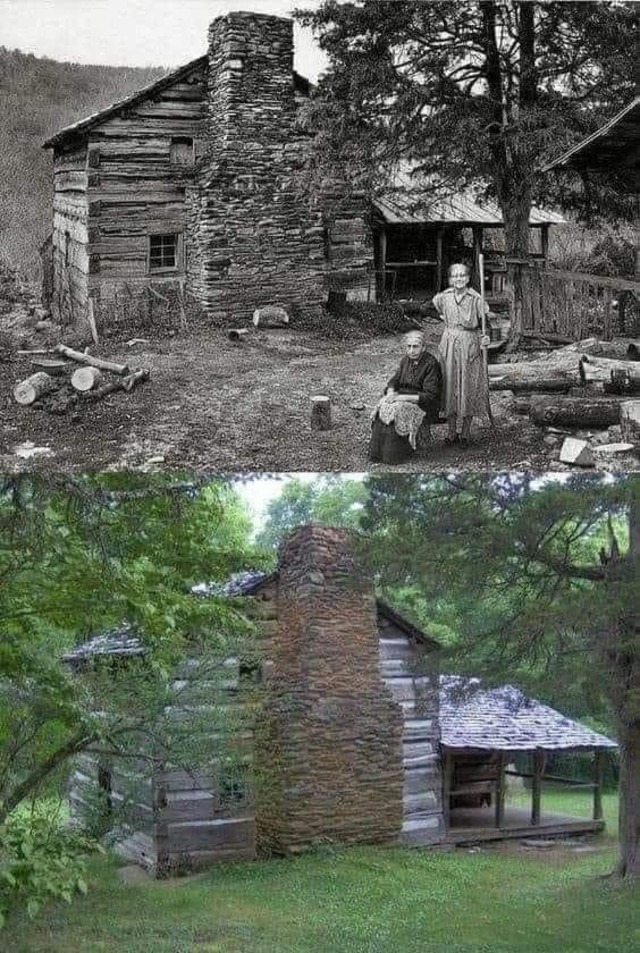Deep in the heart of the Great Smoky Mountains, a simple homestead stands as a monument to resilience, self-reliance, and unwavering dedication to tradition. The Walker Sisters, five remarkable women, chose to preserve their ancestral way of life amidst a rapidly modernizing world. Their story is not just about survival; it’s a testament to the power of human determination and the enduring connection between people and the land. Even today, their journey inspires those who seek to live in harmony with nature and embrace the simplicity of a bygone era.
The Walker Sisters’ Homestead: A Family’s Appalachian Roots
The Walker family’s roots in Little Greenbrier Cove run deep. John Walker, a Union Army veteran, built the homestead after marrying Margaret Jane King. Together, they raised 11 children in the rugged Appalachian wilderness, teaching them the values of hard work, self-sufficiency, and a deep respect for the land.
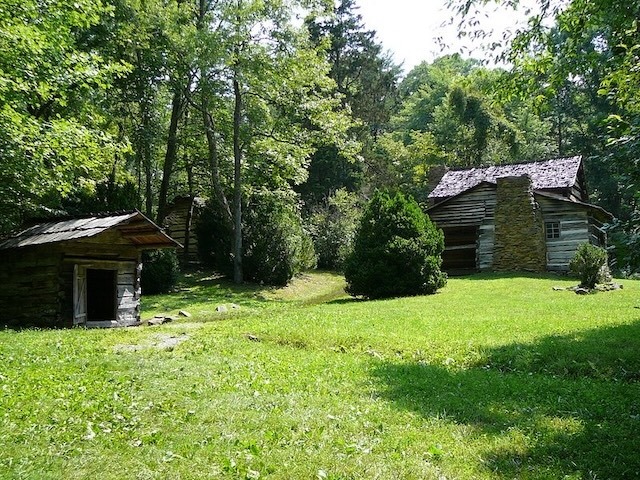
The family farm, tucked within the Smoky Mountains, became a sanctuary where the rhythms of life were dictated by the changing seasons. Over the years, as the siblings grew older, five sisters—Margaret, Polly Ann, Martha “Hettie,” Nancy, and Louisa—chose to remain at the homestead, dedicating themselves to preserving their family’s traditions. The cabin they called home still stands today, a physical reminder of their enduring spirit.
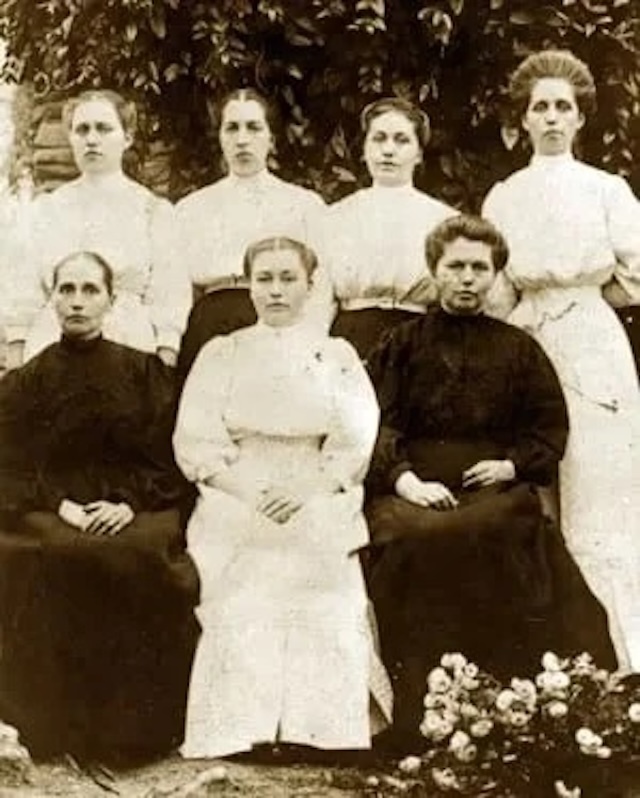
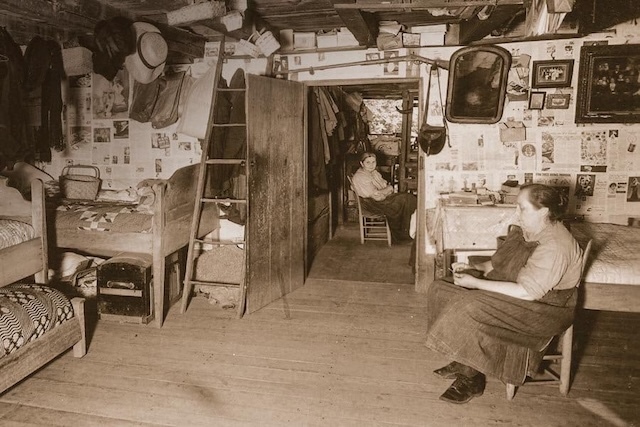
Video:
A Self-Sufficient Lifestyle: Living Off the Land
The Walker Sisters embraced a way of life that revolved around self-reliance. Everything they needed, they either grew, crafted, or gathered themselves. Their days were filled with hard work: tending to crops, raising sheep, and performing the countless tasks required to sustain their homestead. Corn and cotton were staples, while their sheep provided wool for weaving clothing.
Weaving, spinning, and food preservation were vital skills passed down from their parents. The sisters grew and canned their own vegetables, ground their own cornmeal, and baked their bread in wood-fired ovens. Despite the labor-intensive nature of their lives, the Walker Sisters found joy and purpose in their connection to the land.
In a time when most Americans were embracing modern conveniences, the sisters remained steadfast in their old-fashioned ways. Their lifestyle was not just a necessity but a deliberate choice—a commitment to the values they had been raised with and a rejection of the fast-paced, industrialized world beyond their cove.
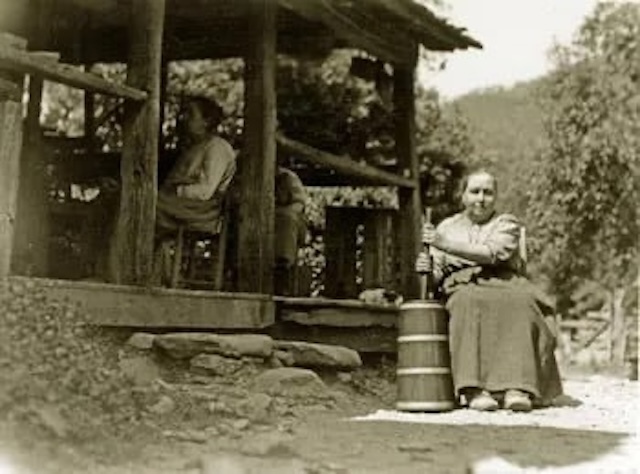
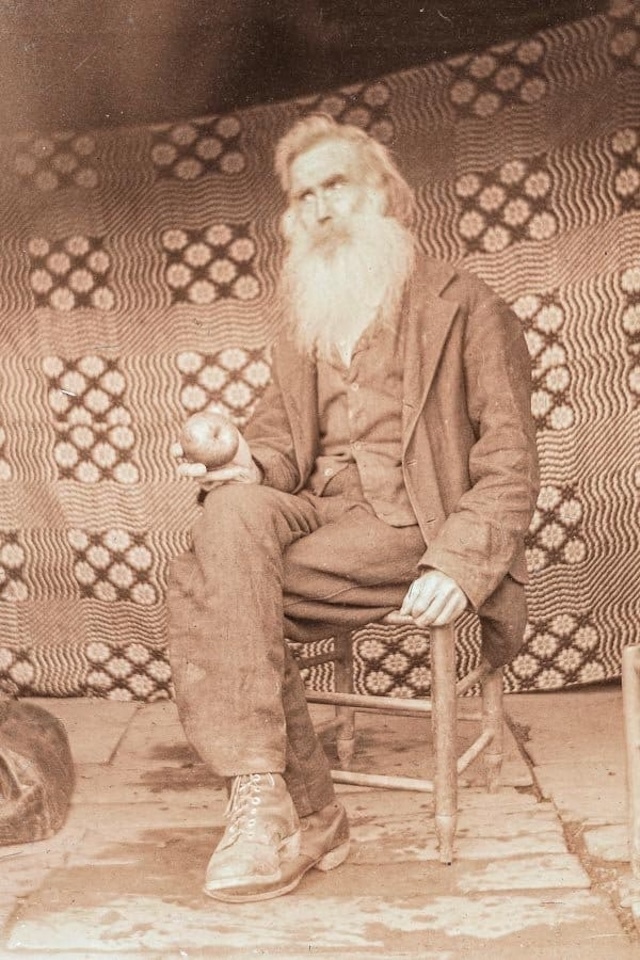
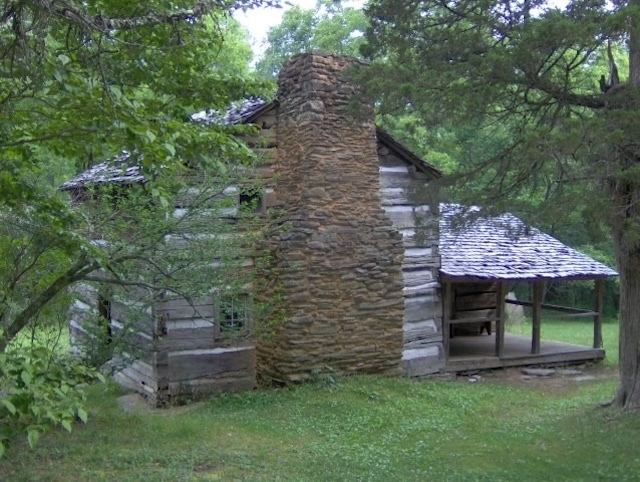
Defying Modernization: Preserving Tradition in a Changing World
The 1930s brought monumental changes to the Smoky Mountains with the establishment of the Great Smoky Mountains National Park. Thousands of families were displaced as the federal government acquired land for the park, but the Walker Sisters refused to leave their ancestral home. After negotiations, the government allowed them to remain on their property for the rest of their lives, making them one of the few families to stay within the newly created park boundaries.
This decision solidified their reputation as symbols of resistance to modernization. While others left their homes to seek new opportunities, the Walker Sisters held fast to their traditions, choosing to live as their family had for generations. As the modern world encroached on their quiet cove, the sisters became known as the last guardians of a way of life that was disappearing from the American landscape.


Life at the Homestead: Visitors, Feasts, and Stories
Despite their isolated location, the Walker Sisters welcomed visitors to their homestead with open arms. Travelers who made the trek to Little Greenbrier Cove were often greeted with warm hospitality and a glimpse into the sisters’ unique way of life. The sisters sold handmade goods, such as woven textiles and canned preserves, offering visitors a chance to take home a piece of their Appalachian heritage.
One of the most cherished traditions was the sisters’ legendary Christmas feasts. Using food they had grown and prepared themselves, they hosted festive gatherings that showcased the bounty of their labor. These meals, filled with fresh vegetables, homemade pies, and other delicacies, were a testament to their ingenuity and hard work.
For many visitors, a trip to the Walker Sisters’ homestead was more than just a journey into the past—it was an opportunity to experience the values of resilience, community, and self-sufficiency firsthand.
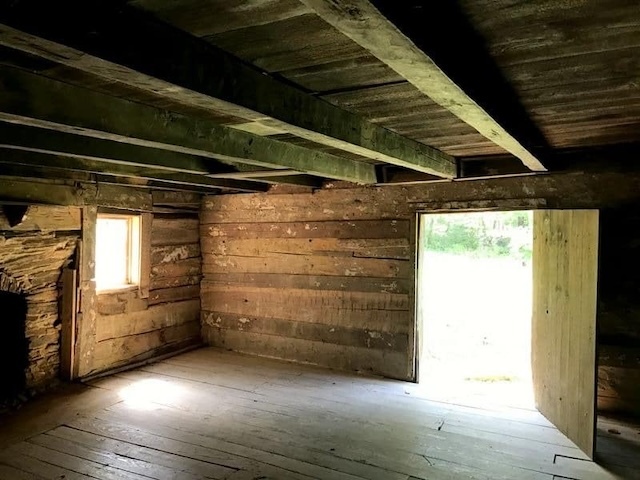
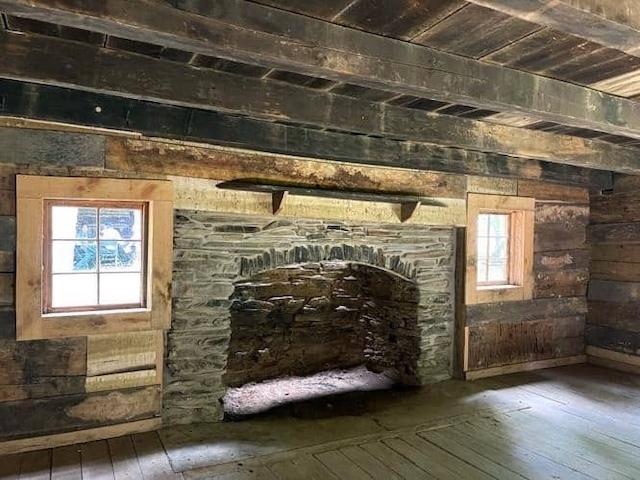
The Walker Sisters in the Spotlight: National Attention
In 1947, the Walker Sisters’ story gained national attention when they were featured in an article in the Saturday Evening Post. The piece highlighted their ability to thrive without modern conveniences, crafting their own goods and living entirely off the land.
The article brought a wave of visitors to their homestead, all eager to witness the sisters’ remarkable way of life. For many, the Walker Sisters represented a simpler, more grounded existence—one that stood in stark contrast to the rapid industrialization and urbanization of post-war America. Their story became a symbol of the enduring human spirit and the importance of staying true to one’s values.
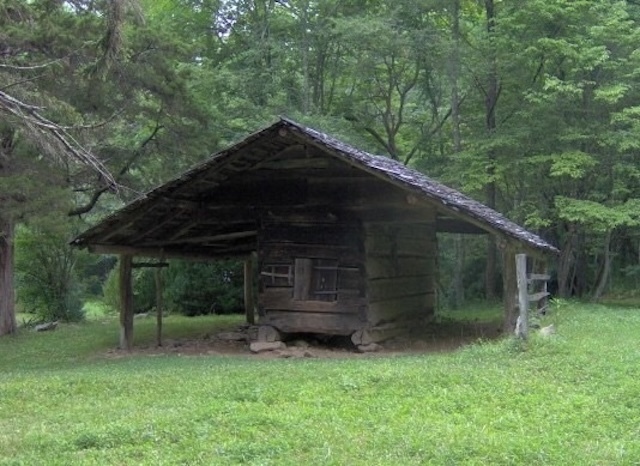
Legacy and Lessons: The Walker Sisters’ Enduring Influence
Though the last of the Walker Sisters passed away in the 1960s, their legacy lives on. The preserved homestead, now part of the Great Smoky Mountains National Park, serves as a living museum, allowing visitors to step back in time and experience the Appalachian way of life.
The sisters’ story continues to inspire people around the world, particularly as interest in sustainable living and a return to nature grows. Their commitment to self-reliance and their deep connection to the land resonate with modern audiences seeking to simplify their lives and reconnect with the natural world.
The Walker Sisters remind us that progress does not always mean leaving the past behind. Their resilience, resourcefulness, and dedication to tradition offer valuable lessons about the importance of preserving heritage and embracing the values that truly matter.
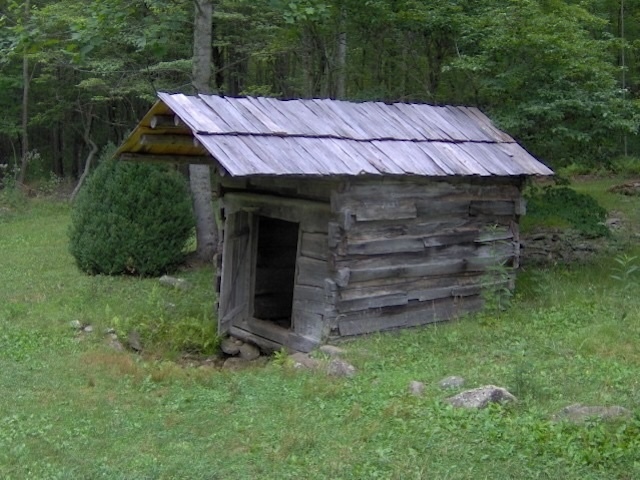
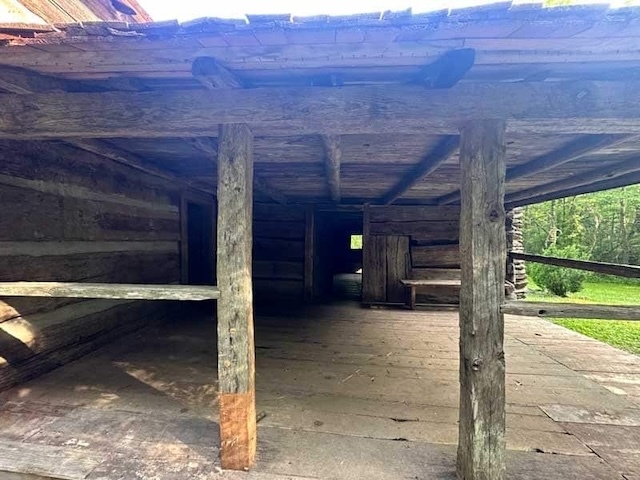
Conclusion: The Timeless Spirit of the Walker Sisters
The Walker Sisters’ story is more than a tale of survival—it is a celebration of strength, simplicity, and an unyielding commitment to tradition. In a world that often prioritizes convenience over connection, their journey serves as a powerful reminder of the beauty of self-reliance and the enduring bond between people and the land.
Today, the Walker Sisters’ homestead stands as a beacon of Appalachian heritage, inspiring generations to honor the past and embrace the timeless values of resilience and harmony with nature. Their legacy, rooted in the Smoky Mountains, is one that will continue to resonate for years to come.
